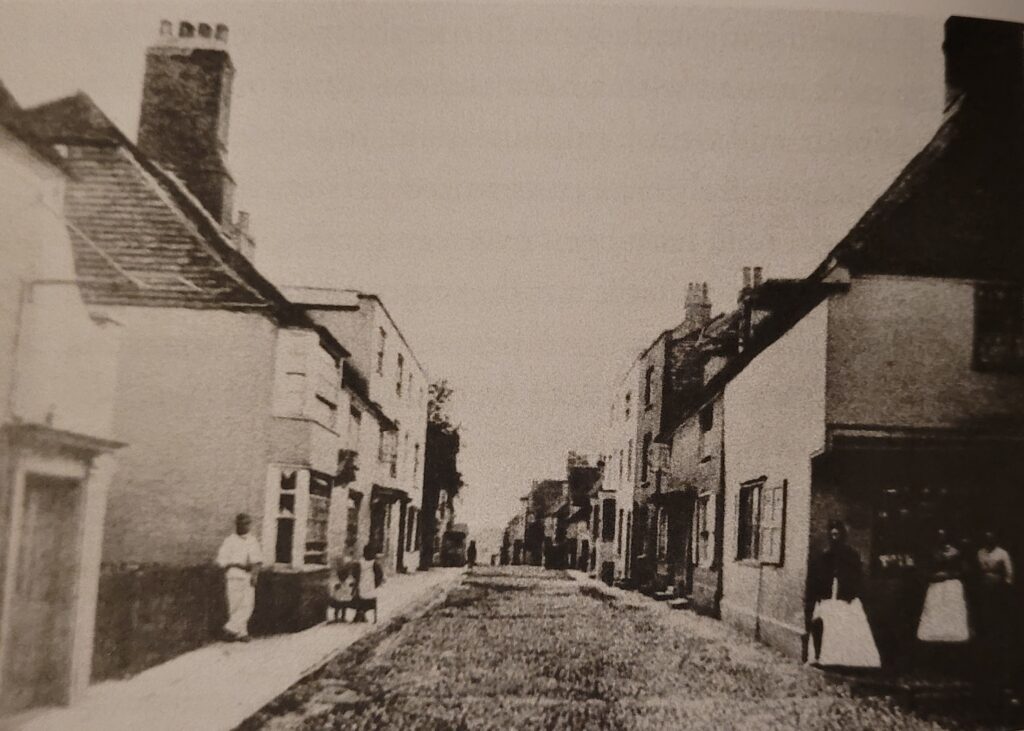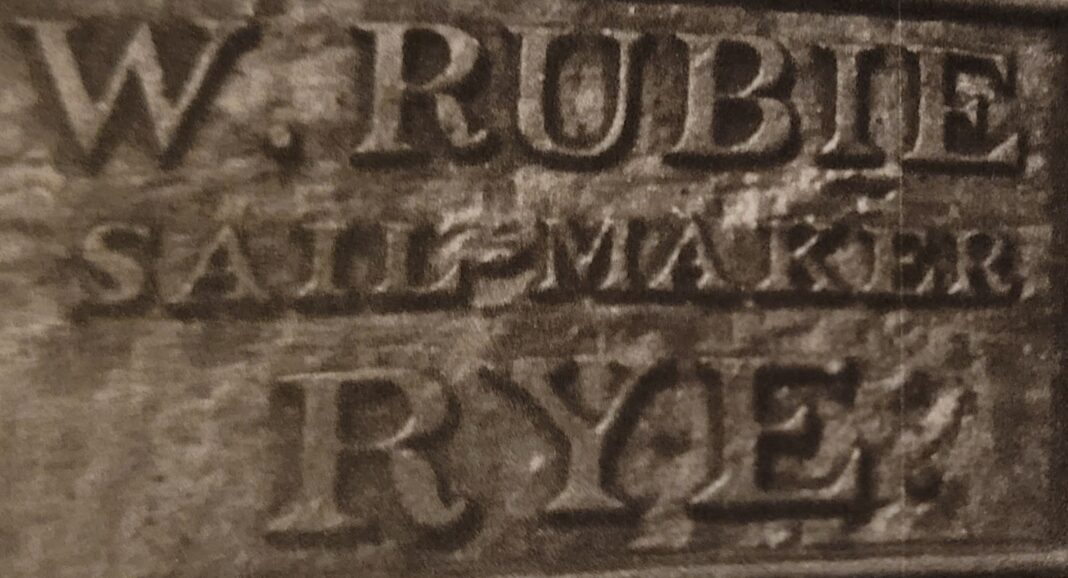Aurelie Freeman’s The Engineer, the Cook and the Eight Men of the Sea is a meticulously researched history of her remarkable family spanning several centuries and places across the world: from Scotland to life in colonial India to the Isle of Man and to the shipbuilders and sailors of Southampton, Portsmouth and Rye.
The book is a story in three parts. The first tells of the author’s great grandfather, Thomas Ker (1849-1929), an engineer from Edinburgh, who in the 19th century travelled to Rajasthan in India to build cotton factories, then worked as a civil engineer constructing railways, establishing railway schools and colonies, and helping to run the Famine Relief Fund of India during the 1901 famine. Thomas Ker was a keen photographer, and the book reproduces some of his pictures which give a fascinating insight into family life in colonial India, as well as being a record of the development of the railways in India.
The second part tells the extraordinary story of two deaths in the Isle of Man – one fake and one real – told through newspaper articles at the time. The story concerns the fate of seven-year-old Ann Hume, whose stepfather, it was claimed, faked her death to obtain money held in trust for her by her late father. Suspicions arose in the community and the grave of the young girl was opened to reveal, not a child in the coffin but a stump of wood. The story of what happened to her is told through both newspaper articles and differing versions told by her family. The young girl survived, marrying the author’s great-great grandfather Robert Darling Ker, in Edinburgh.
It is the final section “Eight Men of the Sea: Stories from the South Coast of England” that connects with Rye. It follows men from one family from 1700 to 1900 who work as shipbuilders, harbour masters and pilots, sailmakers and marine traders across the south coast from Southampton, Portsmouth, Chatham and Rye. Aurelie Freeman’s grandmother was Evelyn Minnie Rubie (nee Ker), born in India. The Rubies in Rye have a long history of connection with the sea. Amongst many mariners, shipwrights, sailmakers, caulkers was Edward Rubie (1690-1753) an engineer, a water carpenter and a surveyor for the rebuilding of Rye Town Hall. George Rubie (1769-1841) was a master mariner and Thomas Rubie (1797-1836) captained schooners sailing between Rye and London and London and Limerick. He was killed when his ship, the Waterlily, caught fire. His widow, Sarah, had a grocer’s shop on the corner of Church Square and Watchbell Street (present day St Anthony’s). William Rubie (1831-1897) was a master sailmaker in the Strand (his tools and stamp are at the East Street site of Rye Castle Museum) and is buried in Rye Cemetery.

Using family stories and records, photographs, census records, the Lloyds List and Register of Shipping, Merchant Navy seamen records and newspaper articles, and many other sources including archives of Rye Castle Museum and Rye Heritage Centre, Freeman is able to bring these Ryers to life once again.
It is a fascinating book with a wealth of sources from both this country and abroad, that would be of interest to historians and those researching family history.
The book is published by YouCaxton Publications. Copies of the book in paperback can be ordered from Amazon or from here.
Image Credits: Rye Castle Museum .



